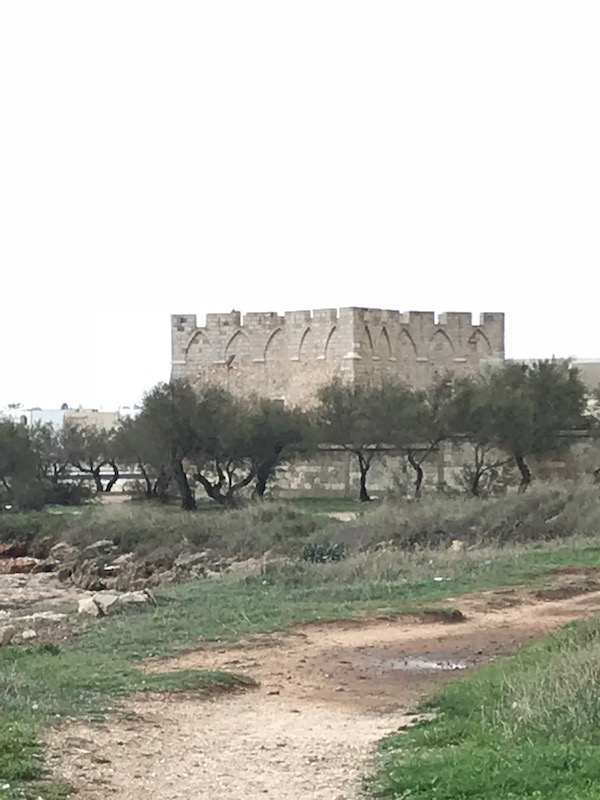Our Blog - Southern Italy - Ostuni
Next up was the Ostuni and its old town, which is a citadel built on top of a hill and still fortified by the ancient walls. Ostuni is commonly referred to as La Città Bianca (or the White City) due to its white walls and its typically white-painted architecture. They talk about how it has a fairly sizeable expat community, mainly British and German. The town has a population of about 32,000 during the winter, but can swell to 100,000 during summer. The area has been inhabited since the Stone Age and came under Norman rule after the fall of the Western Roman Empire, in 996 AD. The Normans built their fortified medieval town up on the hilltop although only a few remains of the original castle are still left.
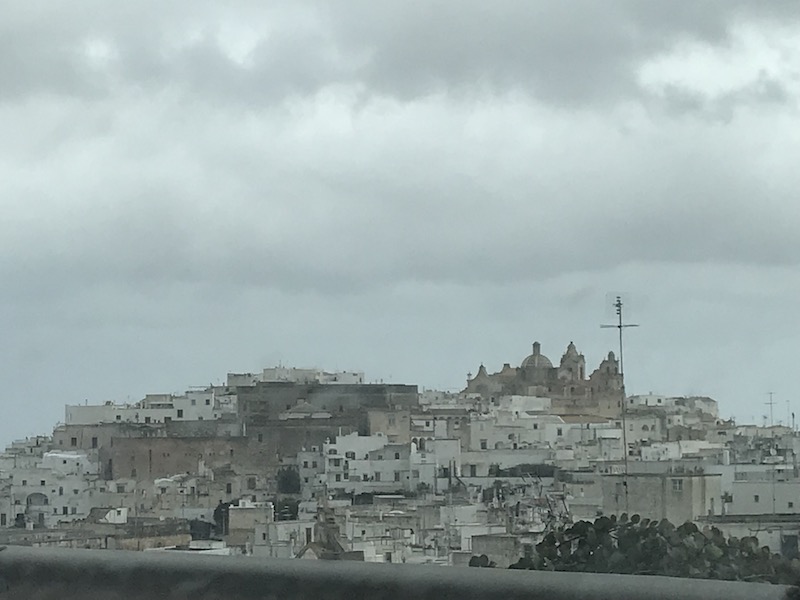
In the main square, Piazza della Libertà, is a column with Saint Orontius. There is also a small archeological site here that has an exposed tower base and section of the town wall.


Also on the square is the Town Hall, which is the former Convent of Saint Francis of Assisi (14th century). The facade was redone in 1863 and the clock was added in 1882.

Next door is the Church of the Saint Francis of Assisi, which was built in 1304. The statues on either side of the door are (left) Saint Francis of Assisi and (right) Saint Anthony of Padua, which were done by a local sculptor in the 20th century. We only went in as far as the main door, since it had an art exhibit within the church and you had to pay to enter (which we had no interest in the art). They did have a nice stained-glass window above the altar.



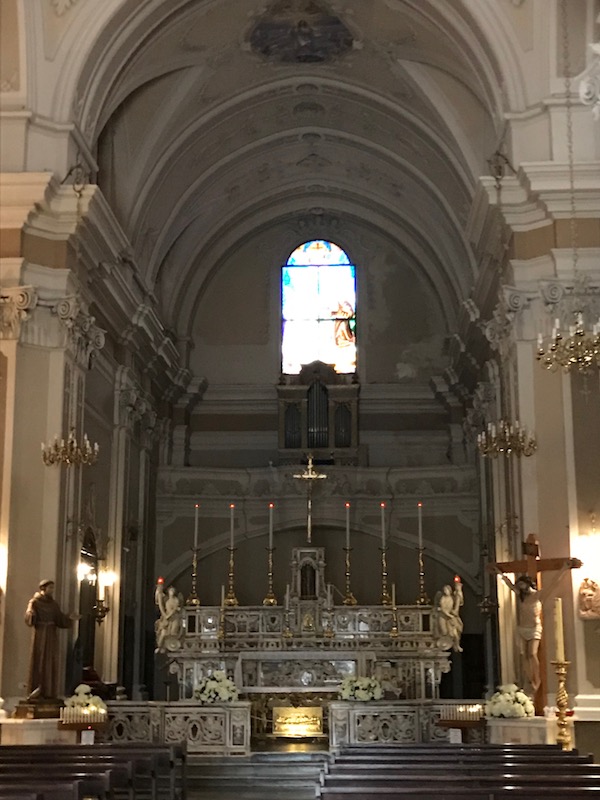


Here is one of the gates of the city, which takes you into a maze of little alleys and lots of stairs.


The Cathedral of the Assumption of Saint Mary was originally a church practicing Orthodox rites prior to the year 1000. In 1228-1229, the present Romanesque church was erected by Frederick II of Swabia. It was damaged during the earthquake of 1456, and rebuilt in Gothic style between 1469 and 1495, at which point it gained the rose window.



The interior has a number of artworks that covered the ceiling and altars, as well as decoration in polychrome marble.

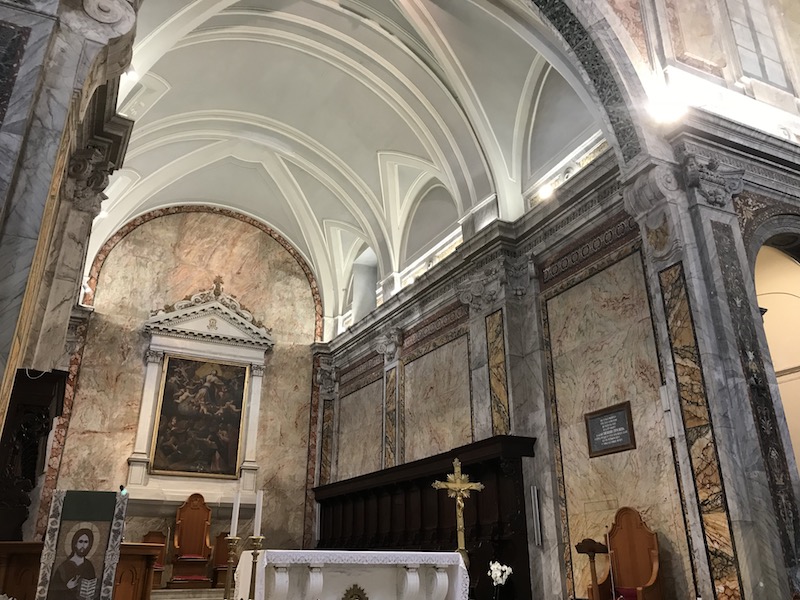



Although not a clear day, we could actually see the Adriatic Sea from up at the top of the hill.
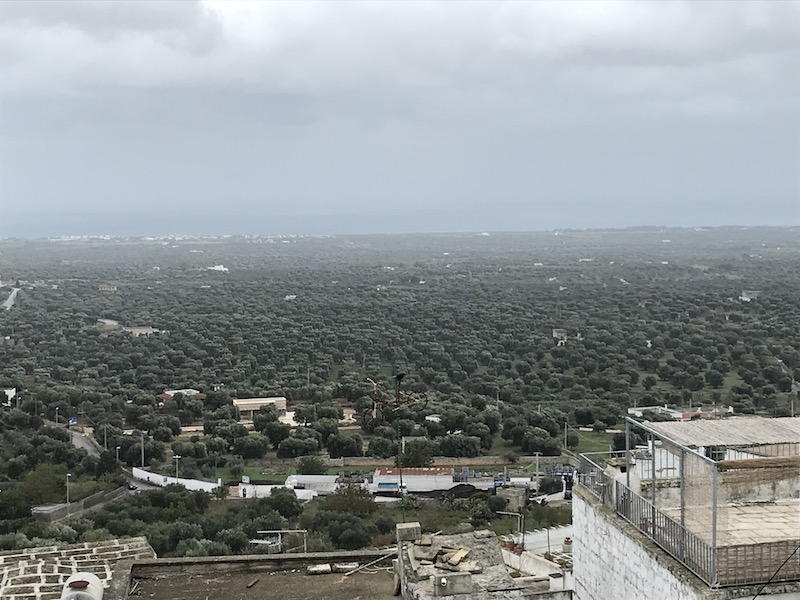
Leaving Ostuni, we headed to Lecce, but took a few detours along the way to try to get a few more views of the Adriatic coastline. There were a few abandoned towers out on little rocky outcroppings, but we aren't sure what they used to be used for.



